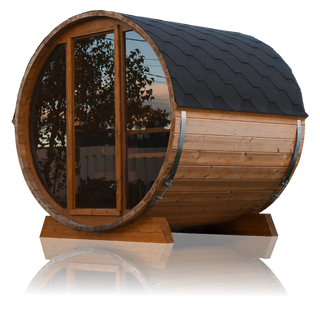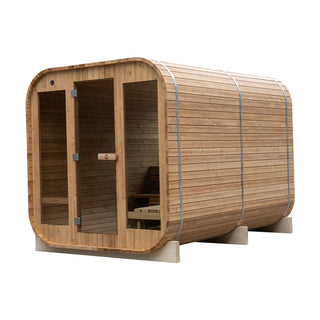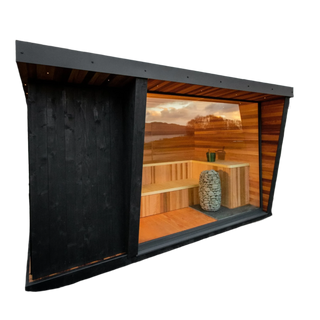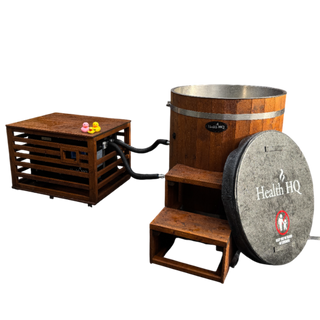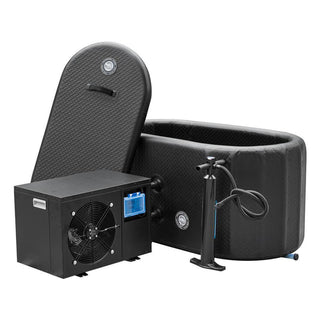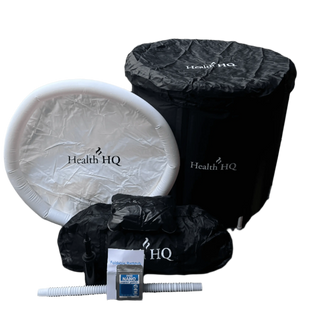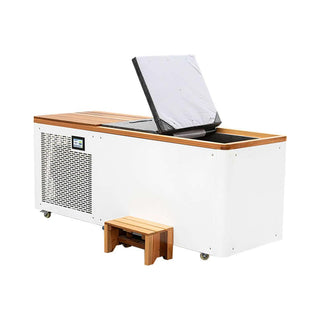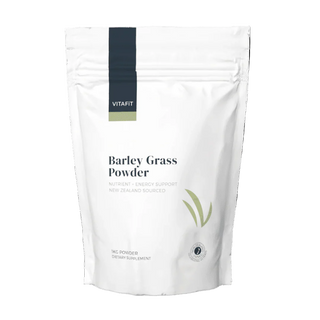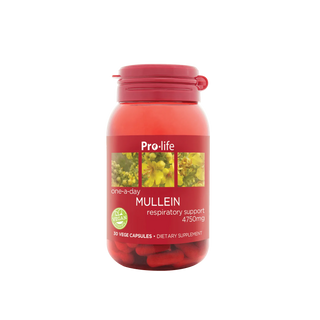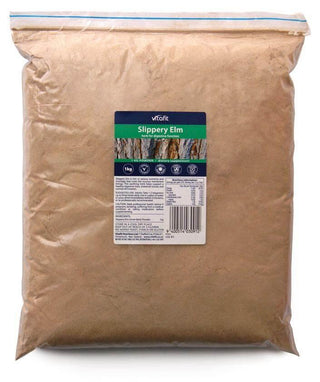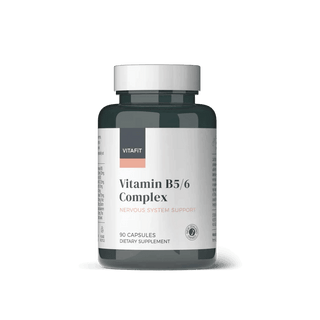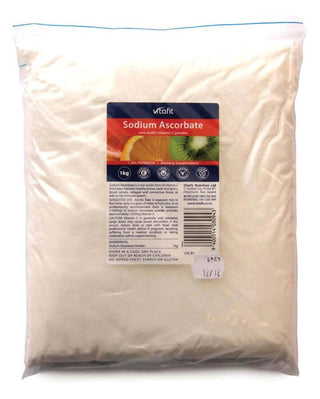Finding the Perfect Sauna Temperature: A Guide to Optimal Heat and Health Benefits
Saunas are a beloved wellness practice worldwide, offering a unique combination of relaxation, detoxification, and physical rejuvenation. However, one of the most debated topics among sauna enthusiasts is the ideal temperature for maximizing benefits. Let’s explore the best sauna temperatures and the health benefits associated with different heat levels.
The Sweet Spot: Recommended Sauna Temperatures
The ideal temperature for a sauna depends on the type of sauna and personal preference. Here’s a breakdown:
- Traditional Finnish Sauna:
- Temperature Range: 70°C to 100°C (158°F to 212°F)
- Ideal for: Experienced sauna users who enjoy intense heat.
- Benefits: High temperatures promote deep sweating, helping with detoxification, improved circulation, and muscle recovery. The dry heat also enhances the sensation of intense warmth, making it a preferred choice for those seeking a vigorous session.
- Infrared Sauna:
- Temperature Range: 45°C to 60°C (113°F to 140°F)
- Ideal for: Beginners or those who prefer a gentler heat.
- Benefits: Infrared saunas use radiant heat to penetrate the skin, promoting relaxation, pain relief, and improved skin health at lower temperatures. This makes it an excellent choice for individuals recovering from injuries or those with conditions like arthritis.
- Steam Sauna:
- Temperature Range: 40°C to 50°C (104°F to 122°F) with high humidity.
- Ideal for: People who prefer moist heat.
- Benefits: The combination of heat and humidity is excellent for respiratory health, skin hydration, and stress relief. The moist environment can also help soothe irritated airways, making it beneficial for those with asthma or allergies.
Benefits of Different Temperature Levels
Each temperature range offers unique benefits, allowing users to tailor their sauna experience to their wellness goals:
- Low Temperatures (40°C to 60°C / 104°F to 140°F):
- Ideal for relaxation and beginners.
- Gentle heat is less taxing on the cardiovascular system, making it suitable for those with health concerns.
- Promotes mild detoxification and skin rejuvenation.
- Infrared saunas operating in this range are particularly effective for easing chronic pain and improving mood.
- Moderate Temperatures (60°C to 80°C / 140°F to 176°F):
- Strikes a balance between comfort and therapeutic benefits.
- Improves circulation and muscle recovery.
- Ideal for regular sauna users seeking stress relief and moderate detoxification.
- These temperatures can also help in improving heart health by gently elevating the heart rate.
- High Temperatures (80°C to 100°C / 176°F to 212°F):
- Best for experienced users who enjoy intense heat.
- Enhances cardiovascular conditioning and deep sweating.
- Provides a more profound sense of relaxation and mental clarity.
- These sessions can be particularly invigorating, leaving users with a strong sense of accomplishment and revitalization.
Tips for a Safe Sauna Experience
Regardless of the temperature, it’s essential to prioritize safety:
- Hydration: Drink water before, during (if needed), and after your session to replenish fluids lost through sweat.
- Timing: Limit sessions to 15-20 minutes, especially at higher temperatures. For beginners, starting with 5-10 minutes is recommended.
- Listen to Your Body: If you feel lightheaded or uncomfortable, exit the sauna immediately. It's essential to recognize your limits.
- Cool Down: Allow your body to cool gradually post-session to avoid shock. Many sauna enthusiasts enjoy a cold shower or dip after a session to stimulate circulation further.
- Clothing and Positioning: Use a towel to sit on for hygiene and comfort, and avoid wearing tight or restrictive clothing that may inhibit sweating.
Additional Sauna Practices to Enhance Benefits
To further enhance your sauna experience, consider incorporating these practices:
- Aromatherapy: Add essential oils like eucalyptus or lavender to your sauna to promote relaxation and respiratory benefits.
- Contrast Therapy: Alternate between the sauna and cold-water immersion to stimulate circulation and invigorate the body.
- Breathing Exercises: Practice deep breathing while in the sauna to maximize oxygen intake and relaxation.
- Stretching: Gentle stretching can help loosen muscles and improve flexibility during or after a sauna session.
Final Thoughts
The best sauna temperature ultimately depends on your personal preferences, experience level, and wellness goals. Experimenting within the recommended ranges can help you find your perfect heat zone. Whether you prefer the intense warmth of a Finnish sauna or the gentle embrace of an infrared one, the health benefits are undeniable. Incorporating safe practices and enhancing your sessions with additional wellness techniques can take your sauna experience to the next level. So, step into the heat, relax, and let the sauna work its magic on your mind and body!
Check out our range of saunas here!





